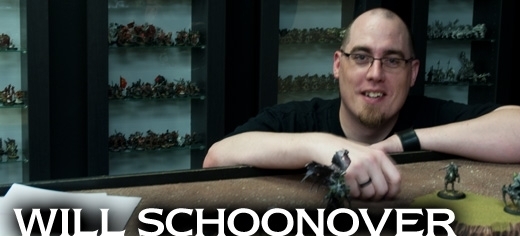
Insider 7-25-2014

In this week’s look at the creation process of LEVEL 7 [INVASION], we’ll look at the player side of the game: running the coalitions defending the Earth.
As I mentioned last time, we knew from the beginning that the scope of the INVASION story would be larger than that of the previous LEVEL 7 games. In addition to representing this with the map we use as the game board, we wanted to show this scale by having players assume the roles of leaders of governments instead of individuals within the setting. When I began splitting the map up, I decided these governments would be coalitions formed in desperation to hold off the Hydra invaders.
At the beginning, all we knew for sure about these coalitions was that they would need to work together, they would field armies to fight the Hydra, and they would have to manage fear.
I decided there should be more to do than just that, even though I hadn’t yet figured out what it would be, and this meant players would need a character sheet of some sort to track the status of their coalition. This led me to create the console, though my first design looked almost nothing like what ended up in the final game.

One idea I had in that early stage was that population should be represented as a type of resource you would manage and defend. In the first prototype, players moved tokens between different boxes to show who was working, who was fighting, and who was too terrified to get out of bed. These tokens could even flee your coalition if things were truly terrible. After a bit of playing with the concepts, however, we decided the level of population micromanaging had to be scaled back so we could add other things for players to manage. The idea never fully went away, though, and the Military-Industrial Complex dial in the final game represents some of those population ideas in a much more abstract way.
Another element of that initial version that made it into the final game was the concept of territory status. The console was much smaller in the first prototype, and each player had a set of cards to represent his territories. These cards detailed the income each territory granted, the population of that territory, and any special rules associated with the territory. When we dropped the idea of tracking the population with tokens, we also got rid of the major reason for having these cards. I printed the cards out in a smaller format and taped them to the side of the console, and that is where they remained. After that, we consolidated incomes and developed the territory cards into a means of tracking the Hydra progress in conquering chunks of the world.

The only aspect of the first prototype that went through a lot of changes, stayed in the game, and never ended up part of the console is the technology system. Some of my favorite real-time strategy games have tech trees, and these are often my favorites due to the interesting choices they allow. I knew from the start I wanted tech advancement to be an important part of INVASION that would allow players to try different strategies for winning. Starting from a point that looked a lot like a video game tech tree, we refined the concepts and ended up with a system that gives players important decisions to make during the game.
In addition to providing players a way to customize their coalitions, technologies also give players something significant to spend their income on. But there was another major reason for players to manage their spending—the single most important aspect of the game, and something that went through a few iterations before we reached the final version.
We always knew the story of INVASION would present a new way for the players to interact with Dr. Cronos. In the previous two games, Cronos was the major villain. With the introduction of the Hydra, however, we forced the governments of Earth to once again work with him. Figuring out exactly how to portray that relationship in the game was a challenge. I started with an abstract system for Cronos moving around the world, working on different aspects of his project to defeat the Hydra. In our early versions, the system forced players to compete with each other to gain access to Cronos. But two major changes to the way Cronos works in the game happened at around the same time. First, we decided Cronos’ movement should be reflected as a position on the map, and then players should have to compromise in order to accomplish things with him instead of competing to control him.

This finally brought the game in line with our major goal for the feel of gameplay. I think it was Will Shick who first put it into words, saying, “it should feel like a model United Nations.” We wanted to keep things semi-cooperative, but we wanted players to work together more than in any other game in the LEVEL 7 series. In a few weeks, you’ll be able to take over the leadership of a piece of the planet and see how successful you are at keeping yourself safe while still cooperating to save the world.
![]()
